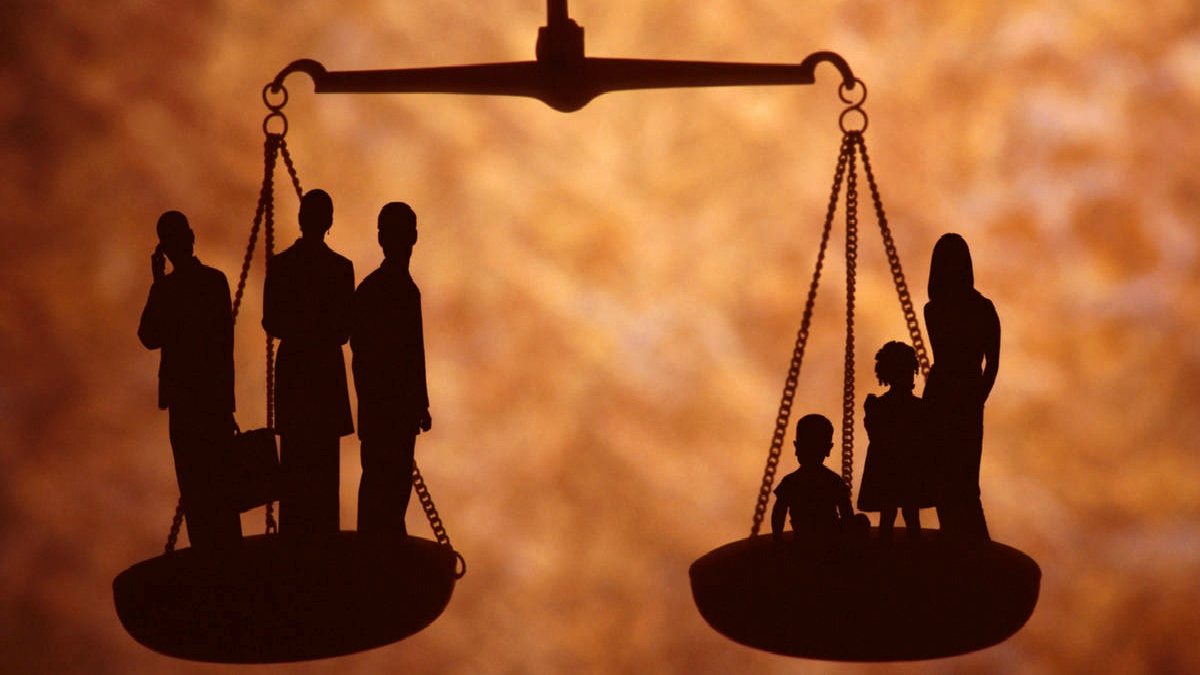
Recently, the Hon’ble Supreme Court of India ordered the removal of 48,000 slum dwellings around railway tracks in Delhi, affecting approximately 2,40,000 people. Prior to this order, the Apex Court and the Delhi High Court have ordered many such removals of slum dwellings throughout the city. To freshen up the readers’ memory, one may recall the large scale slum demolitions in Okhla and Wazirpur in 2003 or the removal of slums along Yamuna-Pushta wherein 1,50,000 slum dwellers were displaced pursuant to Delhi High Court’s orders in a PIL seeking their removal, at the command of Shri Jagmohan, the man behind infamous emergency era demolitions. It is correct to say that the courts have not held back from enforcing law & order in the city through means of PIL. However, the courts have time and again ousted their jurisdiction due to the excessive use of PILs which are a violation of multiple facets of the legal foundation of a society. The author intends to highlight these violations through this article.
First, the very foundation of a legal system, often referred to as the Rule of law, provides that no person can be condemned unheard i.e. if the court is punishing a person or imposing any liability, such a person must be heard. However, in a public interest litigation, the affected persons are never heard by the court. The court appoints an amicus curiae, a friend of the court, who helps the court with the legal actions which could be taken against social causes highlighted in the PIL but, the persons directly affected by such PILs are not heard by the court. In all these aforementioned cases including the recent order of removal of slums near railway tracks, the order was passed without the presence of any representation from the affected persons nor were such persons allowed to intervene in the matters. As a result, the homes of these persons were ordered to be demolished, depriving them of a roof over their head, without giving them a right to be heard.
Second, the court appoints committees to assess the on-the-ground situation and report directly to the court. Any other party affected is not allowed to file any evidence. Therefore, the court relies completely on the reports of such committees which are, on many occasions, not in public domains. As a result, there is absolutely no way of availing the report even if a person is directly affected by it. Further, the committee can gather and rely on any evidence, without considering its authenticity, such as surveys, journal articles etc. Generally, such forms of evidence are not relied upon by the courts in normal proceedings however, if the committee relies on such evidence, it is not questioned by the courts. Further, it is a general rule of evidence and procedural law that any evidence used in a proceeding shall be disclosed to other parties and such other parties shall be given a chance to cross examine the evidence. However, since the court does not permit affected persons to be impleaded as parties to the case, no such evidence is disclosed.
Third, every order passed by courts in PILs ordering removal of slums in aforementioned cases have been interim orders and not judgements. The fallacy lies in the fact that on most occasions, such orders are not explanatory or speaking orders as compared to judgements wherein the judges provide well-reasoned arguments supporting their decisions. As a result, people lose their homes and livelihood on the basis of unreasoned orders which, in normal circumstances, would not be regarded good in the eyes of law.
Considering the aforementioned, the public interest litigation in India is inundated with fallacies and violations of the rule of law. The courts seem to have overlooked the procedural aspects and the protections afforded to the people, thereby taking a stance that procedural complexities do not apply when courts are hearing PILs. On the other hand, it may be argued that the PILs have had a more positive impact than negative. As Colin Gonsalves, a leading PIL lawyer quoted “The PIL court has capacity to do good and do bad. I would rather the court has this capacity than not.” The PILs are swamped with processual fallacies however, there positive impact cannot be questioned. The courts, however, must find credible grounds for justifying the procedural violations.